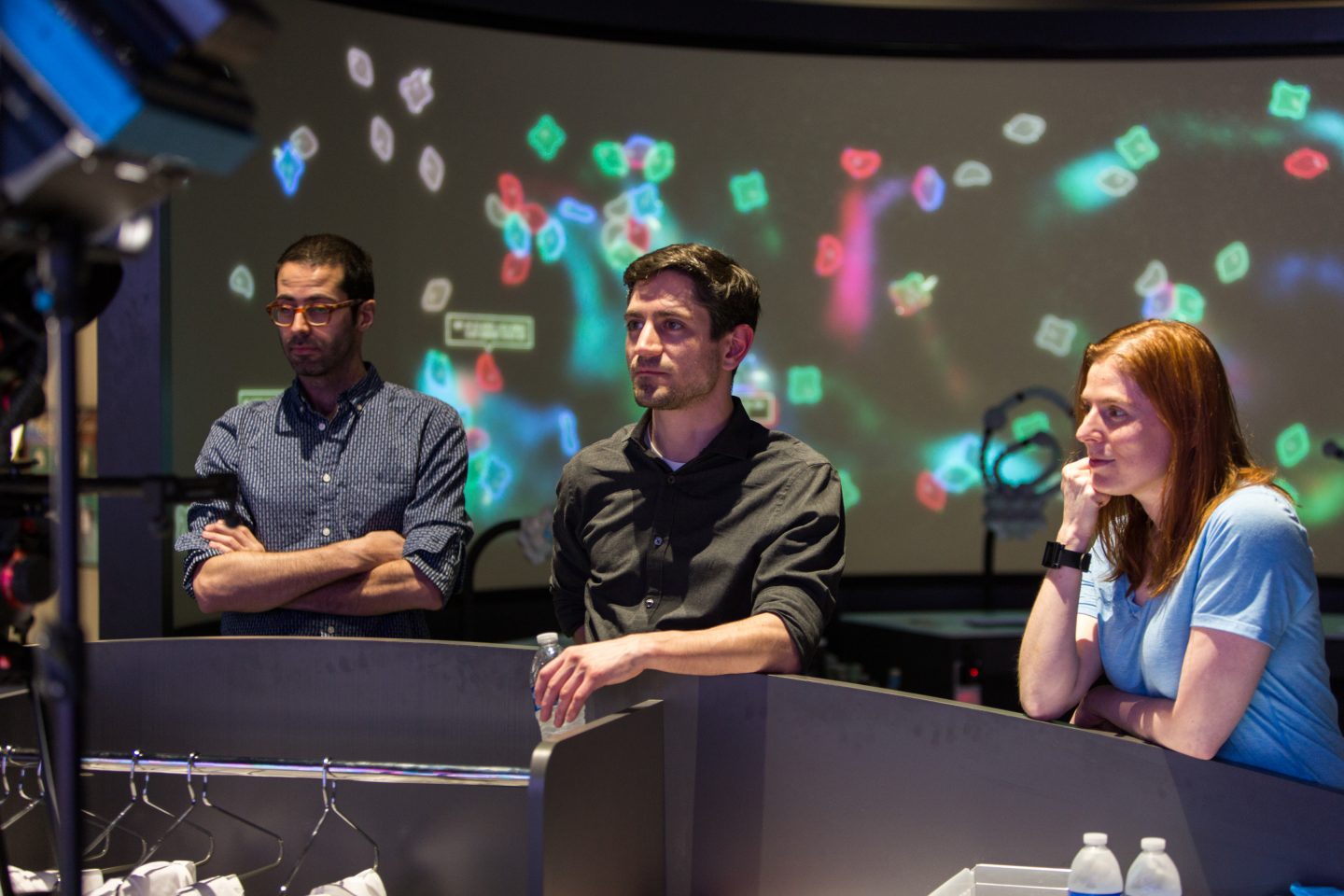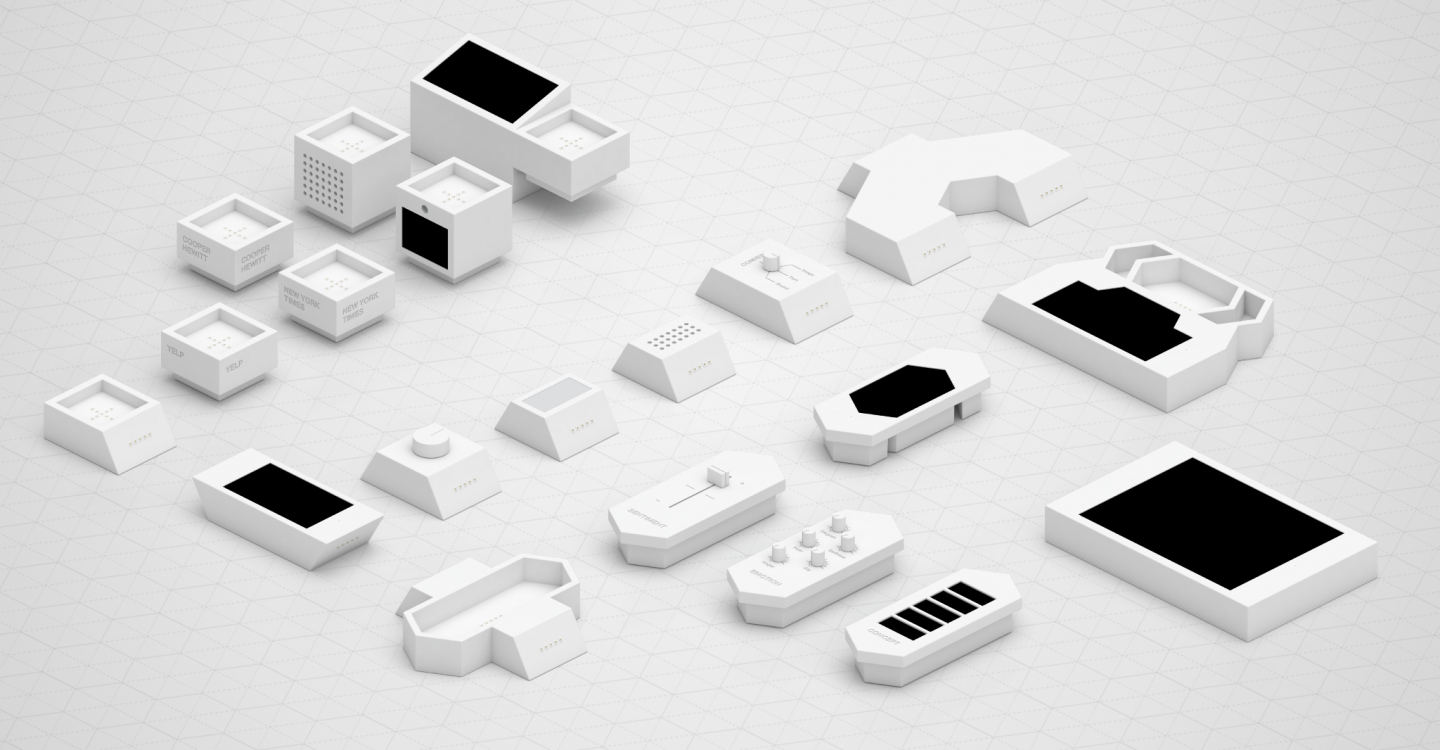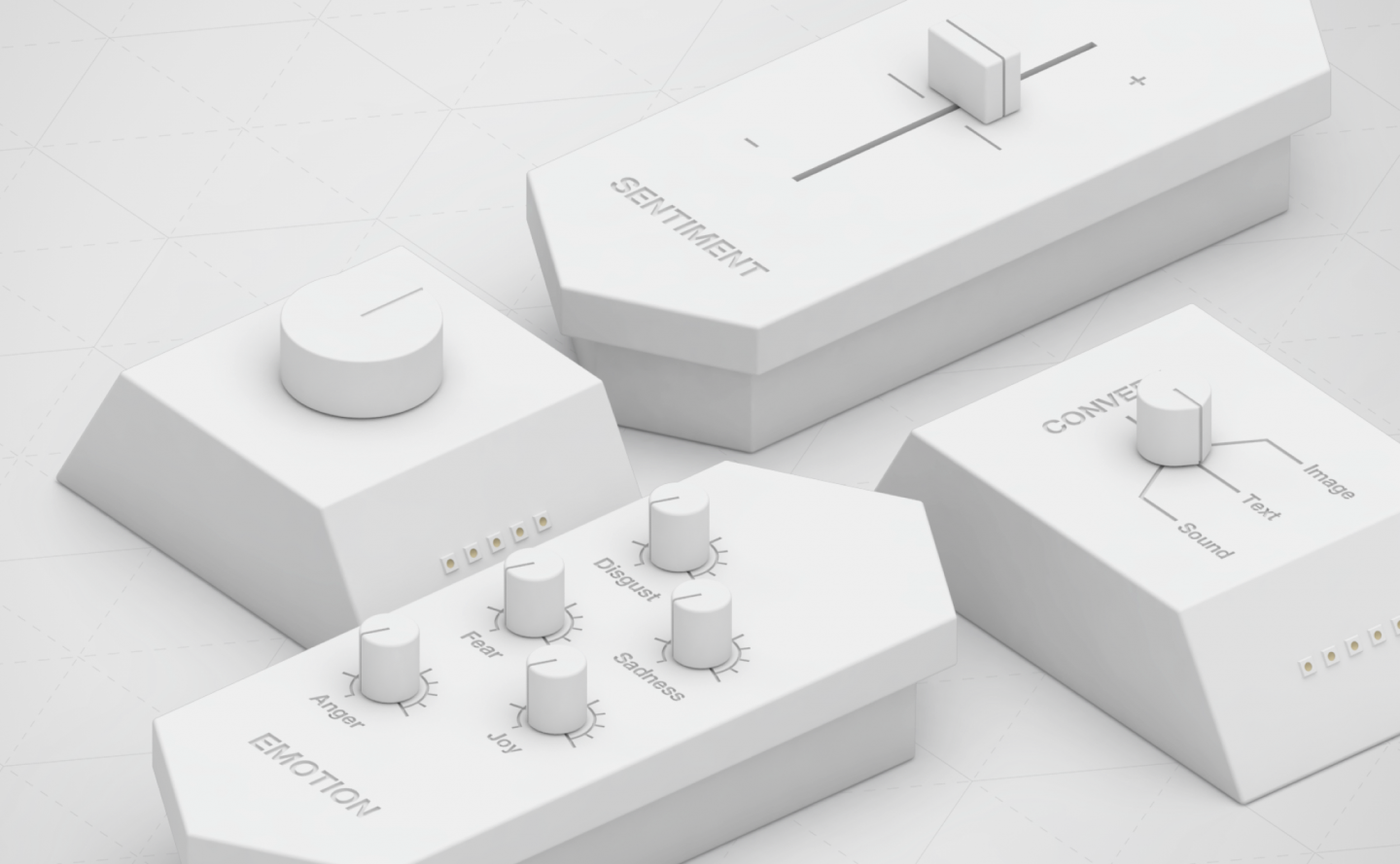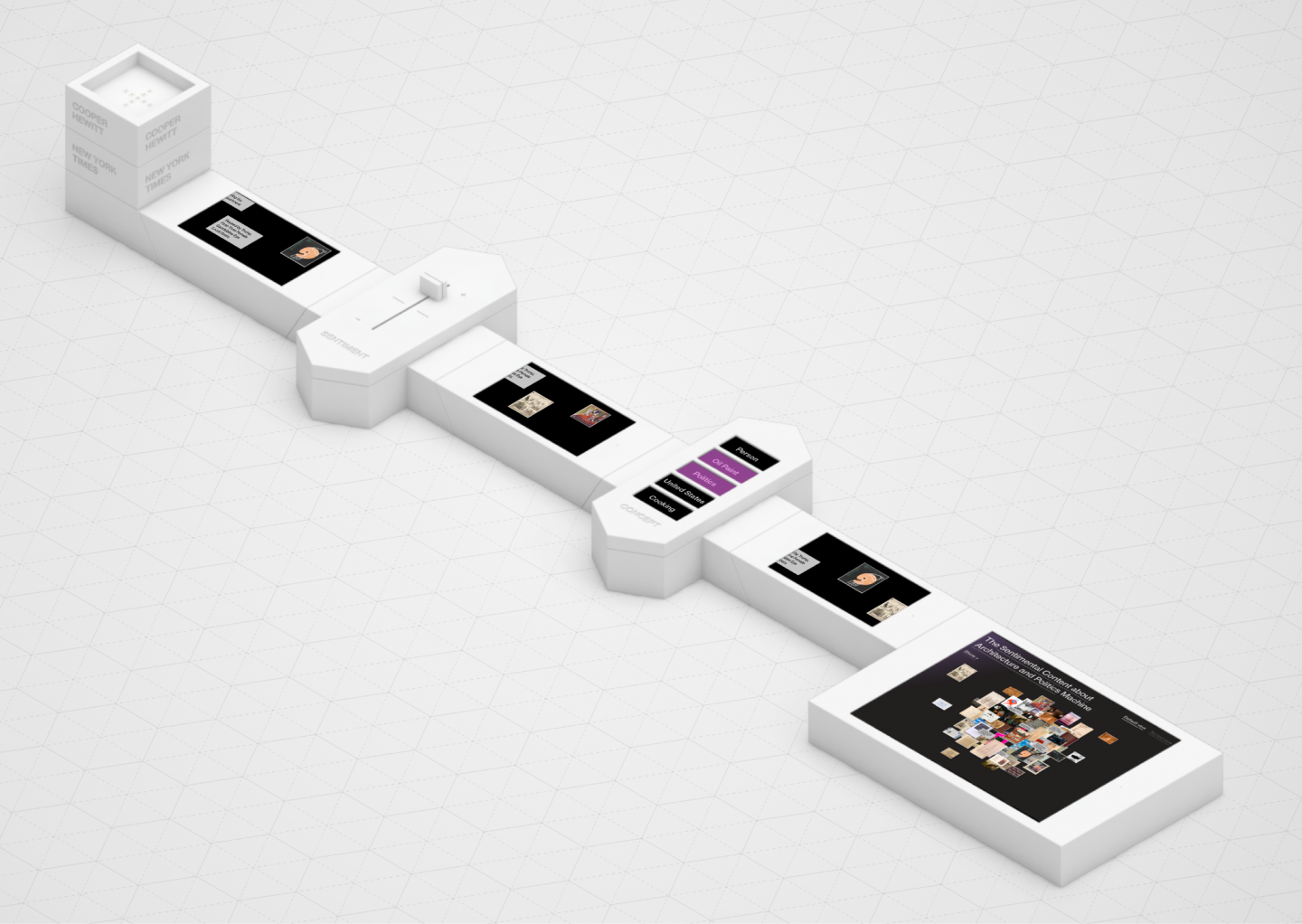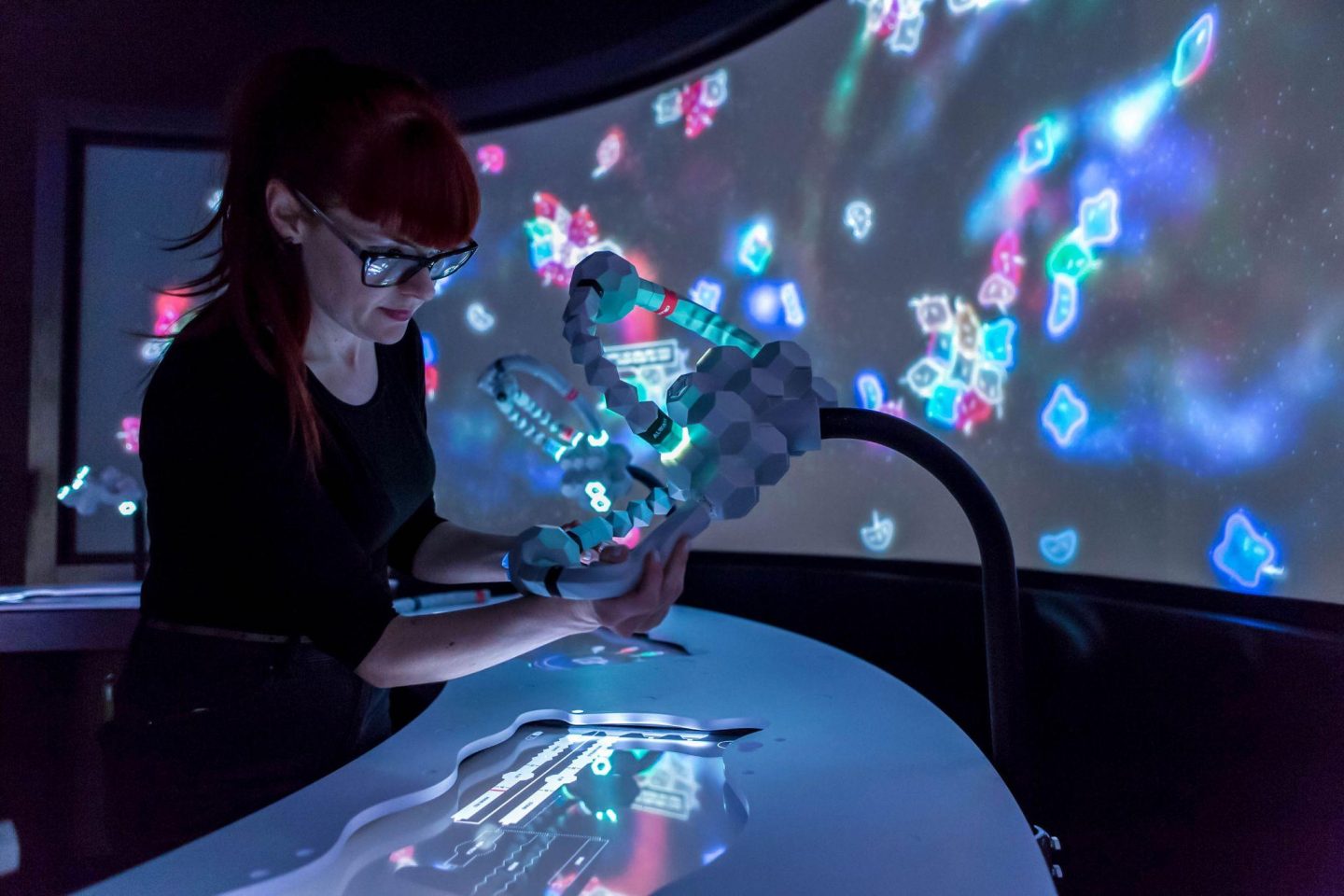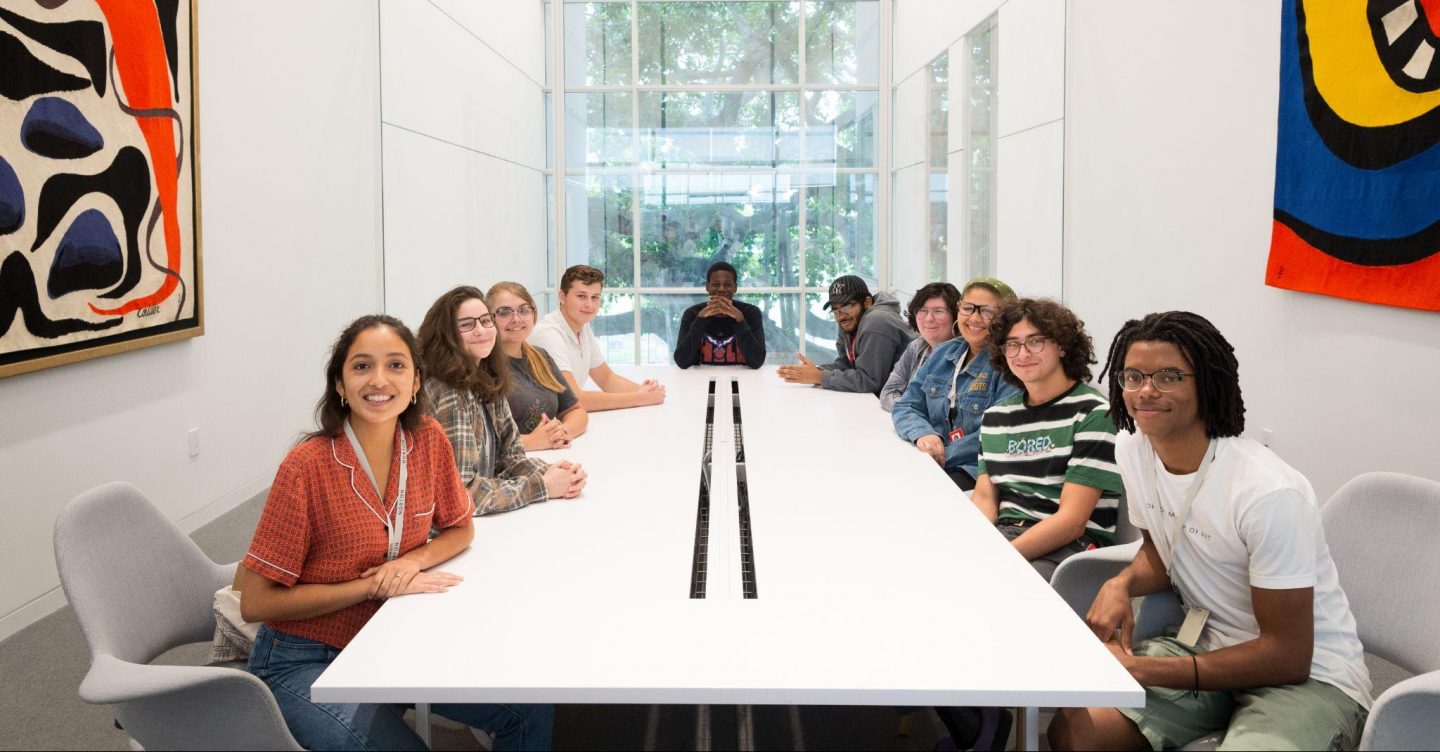Eric is Creative Director and Director of Creative Technology at Local Projects. Eric’s expertise is in blending digital and physical forms to abstract complex subjects into playful, intuitive, and engaging interfaces and experiences.
Eric has led a number of award-winning projects for Local Projects, including AR activations for the Norton Museum of Art and Pace Gallery, interactive galleries exploring synthetic biology and the quantified self for the Tech Interactive, and hybrid customer-engagement experiences for EY, IBM, and ABB. Eric also contributed to the conception and development of Planet Word in Washington D.C., Gallery One at the Cleveland Museum of Art, the Noticing Tools suite of learning apps for the New York City Hall of Science, and many other projects during his tenure at the studio.
